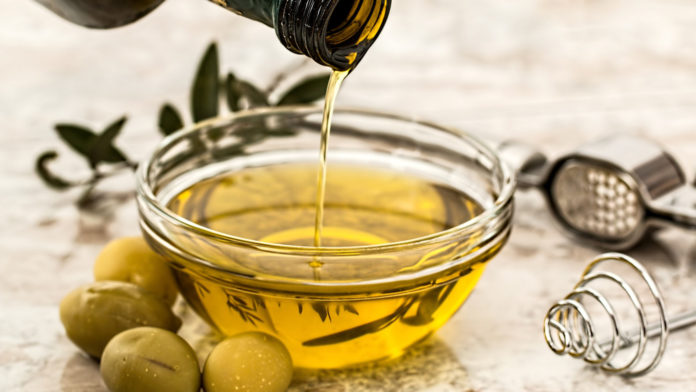When it comes to industrial-scale food preparation, the equipment used can be notoriously difficult to clean. Their enormous size makes them hard to thoroughly clean and disinfect using chemicals, and over time, tiny grooves, cracks, and scratches from normal wear and tear provide the perfect places for bacteria to hide. Any bacteria that survive these cleanings can also build up resistance.
One possible solution seems almost too simple to be true: a thin coat of cooking oil on clean equipment could fill microscopic defects and make surfaces too slippery for bacteria to take hold. When tested in the lab, it was possible to keep bacterial levels 1,000-100,000 times lower than on untreated stainless steel.
Ben Hatton, professor of materials science and engineering at the University of Toronto, led the study, in hopes of providing safer options for keeping food processing equipment clean. Olive, corn or canola oils could be used to reduce bacterial contamination, all while being fully edible.
Not only that, but the slippery oil layer also makes it harder for organic food material to stick, meaning easier cleanup overall.
Trapping the thin oil layer on surfaces is a two-step process, starting with treating stainless steel with alkylphosphonic acid to make it hydrophobic; this means it will attract oils over water. Next, a food-grade oil is thinly applied, and it stays inside surface defects even as normal operation starts to wear the layer away.
The approach has yet to be tested on an industrial scale, and may not be well suited to all applications, as oil would be added to any prepared foods. But it’s a promising approach that could improve food safety and reduce costly food recalls.







































